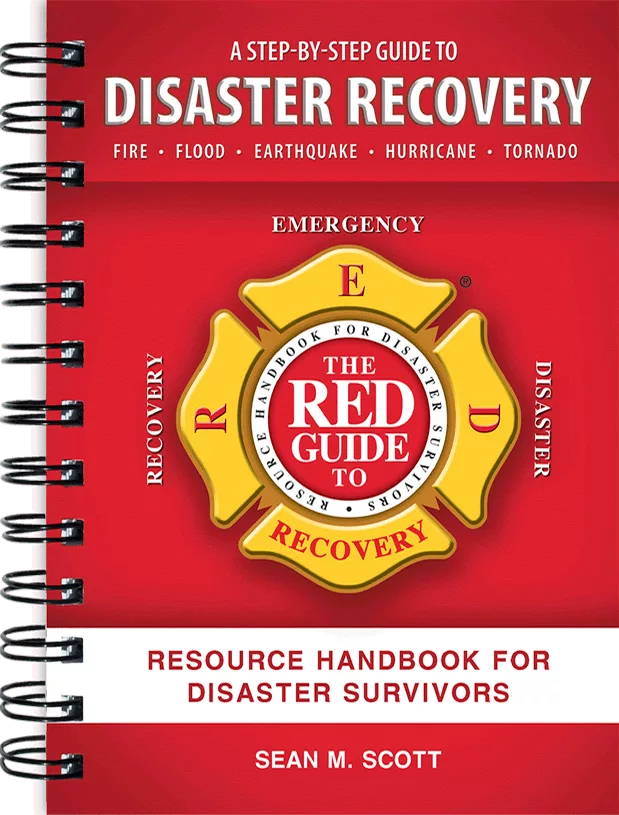Winning Through Change
4 Steps to Implementing Organizational Change With Success

Photo credit: wildpixel/iStock / Getty Images Plus via Getty Images
As of this writing, the United States is in a recovery following one of the greatest years of change in history for all businesses due to the global pandemic. The changes made to business were small and large. Some changes succeeded while others failed. Moving forward, success is not guaranteed and failure is more likely.
According to Boston Consulting Group, “To win the ’20s, companies must not only adapt to shifts in the business arena. They also have to excel at ongoing change — initiating it even when all’s going well. But 75% of transformation efforts don’t deliver the hoped-for results.”
When small business performs poorly at making changes, mistakes are expensive and cost thousands of dollars, if not hundreds of thousands, in lost resources, time and good will. Most companies recognize the loss occurring when they decide to abandon a project, giving in to mistakes most likely made in preparation and communication about how the change would occur. While the loss is painful, dollars are not the highest cost of failure. Regular failure in change risks the future culture of the business and potential lost productivity. Managers will recognize this through grumblings heard from employees about the current change, past changes, company “fads” or the potential failure for the newest initiative. Once this type of culture sets in, it becomes difficult to gather up the strength to push another change to the finish line. In the eyes of the team, why try if the likely result is failure.
Change initiatives fail because of a poor culture, poor buy-in, an unclear vision or a host of other causes. As a leader you can point to a thousand reasons why an initiative did not work. However, when dealing with change, one truth in business is constant: significant change begins and is dependent on the owner.
Up to a certain point in business, by sheer will owners may be able to initiate and effect change. As a business grows, this method of change is likely not as effective as it once was and often leads to failure. It is easy for an owner to stop or give up at this point. The business runs well enough that several employees are taken care of, the bills still get paid and there is enough left over to make small improvements. For employees, there are many options to work for an owner who does not actively pursue change. The owner in this scenario must become a leader and develop others to lead the business alongside them. Great leaders learn and implement new ways to teach and demonstrate to their team certain routines and ways of thinking that they have already mastered or developed significant skills in. With the help of other members from the team, change may become possible.
Following are four strengths that will help you implement change with success. Teach these to the leaders in your business, realizing that those leaders may not be managers. Seek out people that lead others regardless of their title and enlist them to assist with promoting change.
Strength 1: Develop and share the vision.
Vision provides an end goal for everyone involved and presents a marker for when a desired change is accomplished. Once a leader decides on a vision and presents it to the team, they should be open to improvements through discussion and reason. Discussion about the goal of each major change should happen over a period of several months or a year to allow for thorough analysis and dreams about a potential future for the company. This consultation of the leadership team will provide a better, more-cohesive vision than initially put forward. Further, this inclusion often provides more effective strategies to begin and sustain change.
Creating a shared vision will help the team stay focused on the task at hand, and ultimately, fulfill the future started by the owner and continued by the leadership team. Without this focus, a major change can be reduced to an endless list of tasks to be completed as the company loses motivation. These tasks evolve over time to include things that are urgent and important but not relevant to the future vision or to where the change started. To enact change, develop the vision, focus on it intensely and maintain dedication.
Strength 2: Create urgency.
People that work in business are creatures of habit and have dozens, if not hundreds, of habits that they follow on a regular basis to perform their job. The way key team members and managers are doing things and have always done them works, is generally the thinking.
Leaders must create a sense of urgency and maintain it, encouraging others to break work habits that have led to the current need for change. By doing so, leaders will receive the aggressive cooperation of many individuals who want to see the success of the vision. At this point in a major change, leaders could be referred to as relentless or focused. It is not enough to recognize a few small victories and expect the team to carry the change. Leaders must continue to communicate regularly, broadly and in a dramatic fashion. Urgency created by the leadership team, and sustained, will see the change through to what was initially envisioned.
An important note on urgency: there may be mixed results in the beginning of change. Some companies experience a short-term gain or loss from a change in focus. This could happen for many reasons and may cause some of the staff to waiver in their dedication to the new vision. It is important that the leadership team remind everyone of the unpleasant fact that the business could lose in the long run if not pursuing the initial goal. The head of the organization must make the status quo seem more dangerous than the unknown of a new direction.
Strength 3: Communicate and communicate again.
Most businesses produce a large amount of communication to team members, customers and business partners that can be used to transmit the message of the change. These messages can take the form of notes, speeches and emails from every level of leadership. In fact, a business should work to have 75% of its team adopt belief in the change and push the message forward to others. This reinforcement of the message will result in a more-consistent adoption down to the frontline level.
The goal for frontline workers is to capture their hearts and minds as it relates to major change. Regular communication should include plans for growth and a commitment to taking care of team members in the company, especially if the change begins with layoffs. Communication from the management team does not stop with formal channels. Daily follow-up and coaching should include a focus on how the change will benefit their regular interactions in the business. The leadership team should be coached to deliver the message of change in standup meetings, formal meetings, job discussions, reviews and performance discussions.
The owner can support leaders in the company by becoming a living symbol of the change and encouraging others to do the same. All communication from them should address the change, the focus of training should be toward the vision and individual performance should be reviewed with the change in mind.
Strength 4: Remove obstacles.
As the adopted change progresses, more people will become involved. Encourage them to try new things at work, adopt new ideas and lead those around them. If their actions are in line with the new vision and in the best interests of customers, give employees the ability to make changes to their process or work. Remove obstacles that create a hurdle for them to think critically and perform better.
It is the duty of management to encourage team members to think critically to improve the business. Any positive change should be praised and potentially rewarded, even if only with public recognition. It is imperative to continue to enlist team members to support the change in order to maintain a high percentage of change adoption.
It is important to ensure that any one boss, supervisor or manager is not an obstacle to the team. There is no room to hold up progress because of a single person. Each person in the operation should be addressed in a fair, firm and consistent manner that is in line with the ultimate vision adopted by the management team. If people are not an obstacle, focus should be turned to big items that are inhibiting progress until smaller items can be pursued. This final step will maintain credibility with all team members.
Winning at Change
While victory is never assured in small business, owners can influence a favorable outcome, win over their people and have a more stable foundation for victory by teaching the above strengths to leaders in their organization. Modeling these behaviors to a team increases the odds of success, even if it is only incrementally. This is difficult work that starts with the owner. They must create a vision, signal urgency, communicate more and remove obstacles while teaching others to do the same.
Looking for a reprint of this article?
From high-res PDFs to custom plaques, order your copy today!








